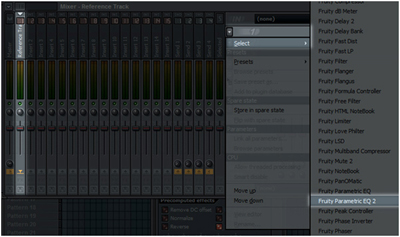

) member-access operator is used to access a member of the object.

As long as you have a % to an object, the object will stay alive in memory. A tracking reference ( %) is the result when you dereference a ^. All PlatformsĪ tracking reference has the following characteristics.Īssignment of an object to a tracking reference causes the object's reference count to be incremented.Ī native reference ( &) is the result when you dereference a *. Reference Tracking features include pre-populated date/time fields, automatic assignment of the record to the researcher (based on user login), spell check functionality at all applicable fields, and copy capabilities to quickly copy a question into the separate fields that allow the request to be reworded as needed for specific end-users such as the billable description for accounting or for display in OPAC.A tracking reference ( %) behaves like an ordinary C++ reference ( &) except that when an object is assigned to a tracking reference, the object's reference count is incremented. It can be integrated with the EOS.Web ILS or function as a standalone solution. EOS.Web Reference Tracking Features:ĮOS.Web Reference Tracking can be hosted by EOS in one of our global data centers or installed on your on-premise server. Reports providing information on pending and completed questions can be run, sorted by requestor and researcher to help the information center to track use of library resources. Answers can be sorted and displayed by request date, question, or category. You can search reference requests by question, answer, question keyword or phrase, requestor or researcher.
#TRACKING REFERENCE FREE#
This new service offering will reduce the number of predictable, routine questions asked of information professionals, and free them to expand their services to other areas. You can make all or only certain questions available to the public to enable a patron reference question self-service that would provide “where to find” answers. With a single click, you can optionally add the reference question into a Web OPAC “Frequently Asked Questions” collection, which can be sorted by subject area or practice group. Reference questions can be tracked by user or patron, complete with identifying the individual requestor, optionally tracking the fund account where the reference question should be allocated.īoth the question and answer are tracked, complete with the user-defined category, source used, time spent on the question, completion date, estimated cost, and the researcher to whom the question is assigned.
Provide concise information on the library’s request handling operations.Reduce the burden associated with tracking reference requests.Ensure that all relevant reference information is entered.Enable the creation of a knowledge base of reusable answers.Ensure answers are provided in a timely manner.Prevent the duplication of research work.The ability to determine the status of a reference request at any time.
#TRACKING REFERENCE PROFESSIONAL#
This flexible solution also enables the information professional to create an online “Hot Topics” or “Frequently Asked Questions” database which can be organized by subject area or practice group, thus enabling libraries to create knowledge bases of reusable answers and eliminating the duplication of research request work.


 0 kommentar(er)
0 kommentar(er)
